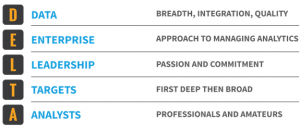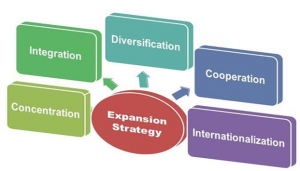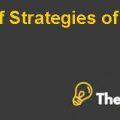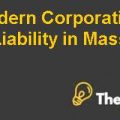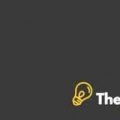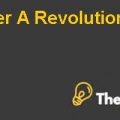MMA 801 Introduction to Management Case Study Solution
Assessment of Organization as Analytical Practitioners:
Products life cycle has four stages which are introduction, growth, maturity and decline. In introduction stage, ADESA offers innovative and new model products in consumer market. These products include some unique features form those models that have been introduced before. These features are software in cars such as voice recognition software along with fuel efficiency, dense size, speed and parking facilitation technology. In introduction stage, the organizations wants to get first mover advantage that will not only increase the revenues, profits and market share for ADESA but will also increase the customer satisfaction level ultimately resulting in the increase in the customer loyalty’s growth.
In growth stage, ADESA invests excessive amount in advertising and selling expenses of these products in order to grab more market share than its competitors. In this stage, the undivided focus of the company is directed towards the brand identification and unique features in vehicles which help to create product differentiation in consumer mind.
In maturity, the focus of organization shifts towards market saturation instead of high competition because this is the time for slow growth and less competition in the market which decreases the advertising and selling expenses for the organization ultimately resulting in more per unit profit. When company reaches its maturity stage, its profits would be on peak which indicates the best opportunity to invest in new and innovative technology for future.
After enjoying all phases of its life cycle, product starts to be declined that decreases the revenues and profits of the organization. It is the best time to introduce any new invention from the side of ADESA in order to have the competitive advantage by getting first mover advantage in market that leads to more profits and revenues for ADESA as compared to its competitors in Auto Industry.
In order to cut cost in product life cycle, the company should implement lean manufacturing and Just in Time (JIT), in order to reduce cost for product life cycle which will give two benefits to the organization. First; it helps to get competitive advantage over competitors by fostering less cost of innovative products and Second, it helps to manufacture products in low cost as its competitors does which will also provide an advantage to the organization as well as to the customers (Merriam Webster, 2019).
Purpose of Lean operations management is to remove waste form manufacturing processes. Time and money are two forms of waste. Lean operation management is used to satisfy customers by delivering more efficient and effective services that will satisfy the needs of customers in effective and efficient way. Lean manufacturing’s main purpose is to delight customer by utilizing few resources in order to reduce the production cost for the company that helps it to generate more profits for it, which ultimately leads to more disbursements of resources in research and development. Such expenditure results in the growth and primer of advanced products in market that satisfies the customers’ needs and wants. (Vorne, 2019).
Two characteristics of lean manufacturing have been observed which are the elimination of waste from production process and the ability of the company to generate more profits by expanding less cost which will help it to capture more market share for itself.
Waste is an activity that doesn’t generate any profit for the company in fact it generates losses for the company and its customers. In order to eradicate waste form its production process by using efficient and effective ways to cut cost, ADESA will be able to produce more value for its customers and productivity in inventory management and its production process. It provides cost advantage to the company that can only be conceivable by the enactment of lean operations in the company.
Assessment of Organization as Analytical Innovators:
In order to capture more market share, ADESA should focus on developing its market by expanding its operations from one geographical location to another one. Emerging and developing countries are best to have an expansion in. It will provide great opportunities to the company to grow and earn more profits and loyal customers from these markets.
For the purpose of analyzing the company’s abilities to capture one of three categories strategies, DELTA framework has been used to analyze it. DELTA framework is a tool that provides focused assessment of an organization, division, department or business unit’s analytical competencies in five critical assessment measures by using the scale of 1 to 6 in which one is for basic and 6 is for advanced.
ADESA’s organizational score comes in stage 2 that means organization should implement product development strategies by introducing some new technologies and hybrid or electric cars to capture more market shares for more profitability and revenue generation.
For this purpose JIT is best option to use, as it will reduce the company’s cost and will also help the company to get more margin of profit as compared to its competitors which automatically provides help to the company in getting competitive advantage.
Exhibit 1: DELTA Self-Assessment
Capabilities
| Data | Enterprise | Leadership | Targets | Analysts | |
| Basic(Stages 1 & 2) | 1.5 | ||||
| Intermediate(Stage 3) | 3 | 3 | |||
| Advanced(Stages 4 & 5) | 2 | 4.5 | |||
| Total | 14/ 5 = 2.8 (Stage 2 = Localized Analytics) |
Exhibit 2: DELTA Framework
Exhibit 3: DELTA Framework

